Home>Renovation & DIY>Home Renovation Guides>What Is A Green Gable?
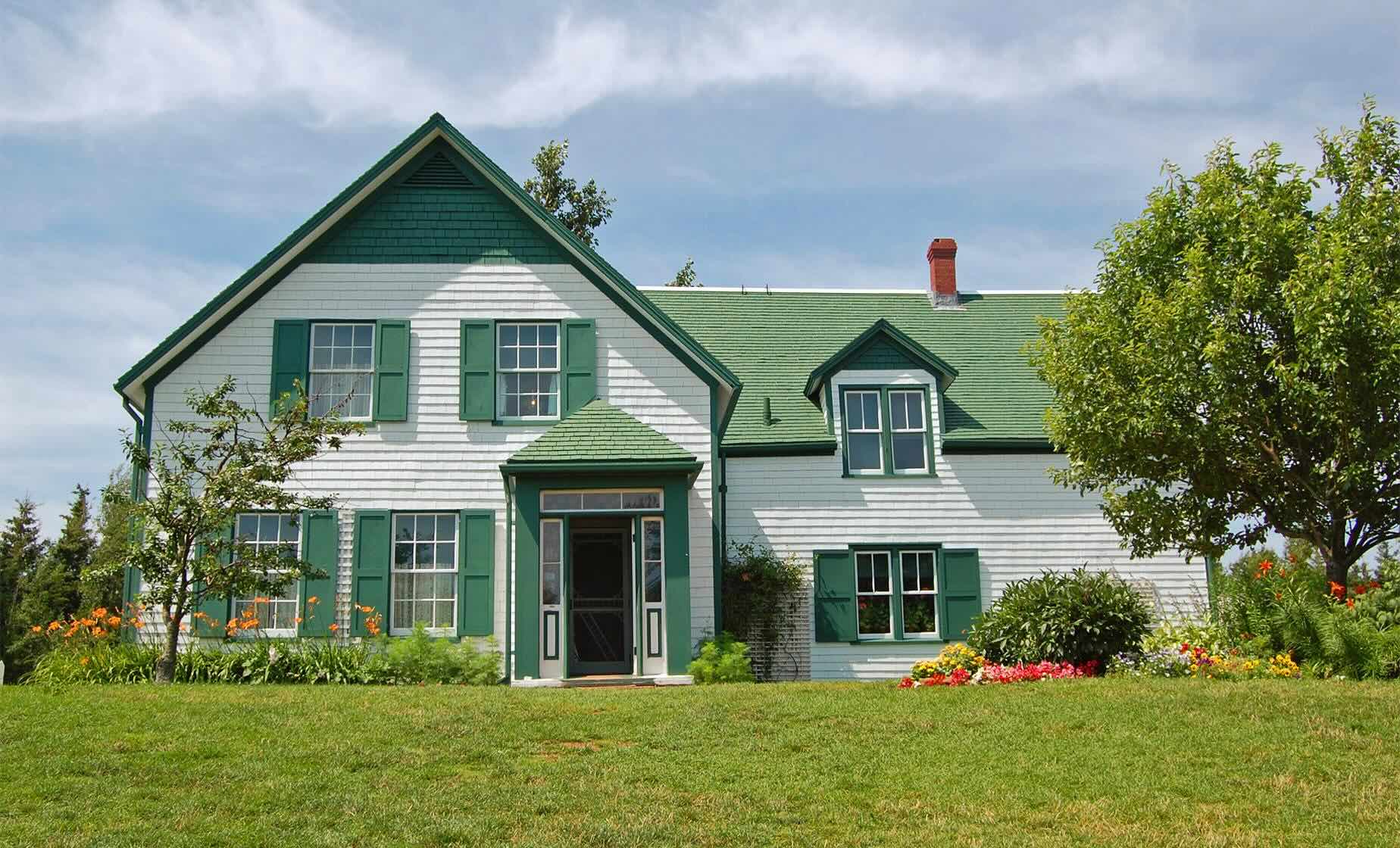

Home Renovation Guides
What Is A Green Gable?
Published: February 2, 2024
Discover the ultimate home renovation guide for creating a green gable. Learn everything you need to know about transforming your home with eco-friendly gable designs.
(Many of the links in this article redirect to a specific reviewed product. Your purchase of these products through affiliate links helps to generate commission for Storables.com, at no extra cost. Learn more)
Introduction
When it comes to home renovation and architectural design, the term "green gable" often sparks curiosity and interest. The concept of a green gable goes beyond the traditional notion of a gable in architecture. It encompasses a blend of sustainable living, eco-friendly design, and aesthetic appeal, making it a captivating subject for homeowners, architects, and enthusiasts alike.
The term "green gable" evokes images of environmentally conscious and visually striking homes that seamlessly integrate with their natural surroundings. It represents a harmonious fusion of modern innovation and timeless architectural principles, resulting in structures that not only stand out but also contribute to a more sustainable future.
As we delve into the world of green gables, we will explore the defining characteristics, benefits, and examples of this architectural marvel. Whether you're a homeowner seeking inspiration for your next renovation project or an architecture enthusiast eager to learn more about sustainable design, the concept of a green gable holds a wealth of knowledge and inspiration waiting to be uncovered. So, let's embark on this journey to unravel the essence of green gables and discover the beauty and functionality they bring to the world of architecture and home design.
Key Takeaways:
- Embrace the concept of a green gable to create visually captivating and environmentally responsible homes and buildings, blending timeless design with sustainable living for a brighter future.
- Green gables offer a harmonious fusion of architectural tradition and modern sustainability, promoting energy efficiency, environmental responsibility, and long-term cost savings for homeowners and communities.
Read more: What Is Gable Vent?
Definition of a Green Gable
A green gable is a distinctive architectural feature that combines the classic gable design with sustainable and eco-friendly elements, resulting in a visually appealing and environmentally conscious structure. At its core, a green gable embodies the principles of sustainable living and eco-friendly design, integrating these values into the very fabric of a building's architecture.
The term "green" in green gable signifies a commitment to environmental responsibility and energy efficiency. This encompasses a range of eco-friendly practices, including the use of sustainable building materials, energy-efficient systems, and a focus on reducing the overall environmental impact of the structure. Additionally, green gables often incorporate renewable energy sources such as solar panels, rainwater harvesting systems, and passive heating and cooling techniques, further enhancing their eco-friendly credentials.
In the context of architectural design, the gable refers to the triangular portion of a wall between the edges of intersecting roof pitches. This classic feature has been a staple of traditional architecture for centuries, adding character and visual interest to a wide range of building styles. When combined with sustainable elements, the gable becomes a symbol of the marriage between timeless design principles and modern environmental consciousness.
Furthermore, a green gable is not limited to residential homes; it can also be found in commercial buildings, community spaces, and other structures that prioritize sustainability and eco-friendly design. This versatility allows the concept of a green gable to permeate various facets of architectural design, contributing to a more sustainable and visually captivating built environment.
In essence, a green gable represents a harmonious blend of architectural tradition and contemporary sustainability, creating a visually striking and environmentally responsible structure that stands as a testament to the possibilities of sustainable design in the modern world.
Characteristics of a Green Gable
A green gable is distinguished by a set of defining characteristics that set it apart as a symbol of sustainable architecture and timeless design. These characteristics encompass both visual elements and underlying principles, creating a holistic approach to eco-friendly living and architectural innovation.
1. Sustainable Materials and Construction
Green gables often feature the use of sustainable building materials, such as reclaimed wood, recycled metal, and eco-friendly composites. These materials not only reduce the environmental impact of construction but also add a unique and rustic charm to the structure. Additionally, the construction process itself emphasizes sustainable practices, minimizing waste and energy consumption while maximizing efficiency.
2. Energy-Efficient Design
The design of a green gable prioritizes energy efficiency through strategic placement of windows for natural light, insulation for temperature regulation, and orientation for optimal solar exposure. These design elements work in harmony to reduce the reliance on artificial heating and cooling systems, resulting in lower energy consumption and reduced environmental footprint.
Read more: What Is A Gable On A Roof?
3. Integration of Renewable Energy Sources
One of the hallmark characteristics of a green gable is the seamless integration of renewable energy sources. Solar panels, wind turbines, and other sustainable energy technologies are often incorporated into the design, allowing the structure to generate its own clean energy and further reduce its reliance on non-renewable resources.
4. Harmonious Blend with Nature
Green gables are designed to seamlessly blend with their natural surroundings, whether nestled in a wooded landscape or overlooking a scenic vista. The architectural elements, such as the gable roof and exterior finishes, are chosen to complement the environment, creating a sense of harmony between the structure and the natural world.
5. Water Conservation Features
Incorporating water conservation features is another key characteristic of a green gable. This may include rainwater harvesting systems, permeable paving for effective water management, and drought-resistant landscaping. By efficiently managing water resources, green gables contribute to sustainable water usage and environmental preservation.
6. Longevity and Durability
Green gables are built to stand the test of time, emphasizing durability and longevity in their construction. This focus on longevity reduces the need for frequent maintenance and replacement, further minimizing the environmental impact associated with building materials and construction processes.
Read more: What Is A Gable Roof
7. Aesthetic Appeal
Beyond their sustainable features, green gables exude a timeless aesthetic appeal. The classic gable design, combined with modern sustainable elements, creates a visually captivating structure that seamlessly integrates eco-friendly principles with architectural beauty.
In essence, the characteristics of a green gable reflect a commitment to sustainable living, energy efficiency, and harmonious coexistence with the natural environment. These elements come together to form a holistic and visually stunning representation of eco-friendly architecture, inspiring a new wave of sustainable design in the modern world.
Benefits of Having a Green Gable
The decision to incorporate a green gable into a home or building brings forth a multitude of compelling benefits that extend far beyond mere aesthetics. From environmental advantages to long-term cost savings, the presence of a green gable enriches the living experience and contributes to a sustainable future.
1. Environmental Sustainability
By embracing eco-friendly design principles and sustainable materials, a green gable significantly reduces the environmental impact of a structure. The use of renewable energy sources, energy-efficient design, and sustainable construction practices minimizes carbon footprint, conserves natural resources, and promotes a healthier ecosystem. This commitment to environmental sustainability aligns with global efforts to mitigate climate change and preserve the planet for future generations.
2. Energy Efficiency
The incorporation of energy-efficient features within a green gable, such as optimal insulation, strategic window placement, and renewable energy technologies, leads to substantial energy savings. Reduced reliance on traditional heating and cooling systems not only lowers utility bills but also lessens the demand for non-renewable energy sources, contributing to a more sustainable energy landscape.
Read more: What Is A Gable Window?
3. Enhanced Comfort and Well-being
The thoughtful design of a green gable ensures a comfortable and healthy living environment. Natural light, proper ventilation, and effective temperature regulation create a welcoming and harmonious indoor space. Additionally, the use of sustainable materials and construction techniques minimizes indoor air pollutants, promoting better indoor air quality and overall well-being for occupants.
4. Long-Term Cost Savings
While the initial investment in a green gable may be higher due to sustainable materials and energy-efficient technologies, the long-term cost savings are substantial. Lower energy bills, reduced maintenance expenses, and potential incentives for sustainable building practices contribute to significant financial benefits over the lifespan of the structure.
5. Aesthetic Appeal and Property Value
Beyond its environmental and practical advantages, a green gable enhances the visual appeal of a home or building. The timeless elegance of the gable design, coupled with sustainable elements, creates a distinctive and captivating architectural statement. Furthermore, the integration of sustainable features can increase the property value, appealing to environmentally conscious buyers and contributing to a higher resale value.
6. Contribution to Sustainable Communities
The presence of green gables in a community fosters a culture of sustainability and environmental responsibility. By setting an example of eco-friendly design and living, these structures inspire and influence neighboring properties, contributing to the collective effort of building sustainable communities and promoting a greener way of life.
In essence, the benefits of having a green gable extend far beyond the individual structure, encompassing environmental, financial, and societal advantages. Embracing the concept of a green gable represents a commitment to a more sustainable and fulfilling way of living, enriching the lives of occupants and leaving a positive impact on the world.
Read more: What Is A Dutch Gable?
Examples of Green Gables in Architecture
Green gables have made a notable impact on the architectural landscape, showcasing the fusion of sustainable design and timeless elegance in a variety of structures. These examples serve as inspiring testaments to the possibilities of eco-friendly architecture and the enduring allure of the gable design.
1. Residential Homes
In residential architecture, green gables have become synonymous with environmentally conscious living spaces that exude charm and sustainability. From quaint cottages to modern eco-homes, the incorporation of green gables elevates the visual appeal while promoting energy efficiency and sustainable living. These homes often feature solar panels, energy-efficient windows, and sustainable building materials, seamlessly integrating eco-friendly elements into the classic gable design.
2. Community Centers and Public Buildings
Green gables extend their influence beyond residential settings, making their mark on community centers, libraries, and public buildings. These structures exemplify the integration of sustainable design principles into communal spaces, creating inviting and environmentally responsible hubs for social activities and public services. The use of renewable energy sources, green roofs, and water conservation features demonstrates the versatility of green gables in diverse architectural contexts.
3. Commercial Establishments
In the realm of commercial architecture, green gables have emerged as symbols of corporate responsibility and environmental stewardship. Office buildings, retail spaces, and hospitality establishments embrace the concept of green gables to convey a commitment to sustainability while offering a visually striking and eco-friendly environment for employees and customers. These examples showcase the adaptability of green gables in meeting the sustainability needs of commercial enterprises without compromising on aesthetic appeal.
Read more: What Is The Gable On A House?
4. Educational Institutions
Educational institutions have embraced green gables as a means to instill environmental awareness and sustainable practices among students and faculty. Schools, colleges, and universities incorporate green gables into their campus buildings, promoting energy efficiency, sustainable construction, and environmental education. These structures serve as living laboratories for sustainable living, inspiring the next generation to prioritize eco-friendly design and responsible resource management.
5. Cultural and Historical Preservation
Green gables have also found their place in the preservation of cultural and historical landmarks. Restoration projects and heritage sites leverage the concept of green gables to uphold the architectural heritage while integrating modern sustainable technologies. This approach ensures the preservation of historical significance while promoting eco-friendly practices, creating a harmonious blend of tradition and innovation.
In each of these examples, green gables stand as beacons of sustainable architecture, enriching the built environment with their eco-friendly features and timeless aesthetic appeal. These diverse applications demonstrate the versatility and enduring relevance of green gables in shaping a more sustainable and visually captivating architectural landscape.
Frequently Asked Questions about What Is A Green Gable?
Was this page helpful?
At Storables.com, we guarantee accurate and reliable information. Our content, validated by Expert Board Contributors, is crafted following stringent Editorial Policies. We're committed to providing you with well-researched, expert-backed insights for all your informational needs.
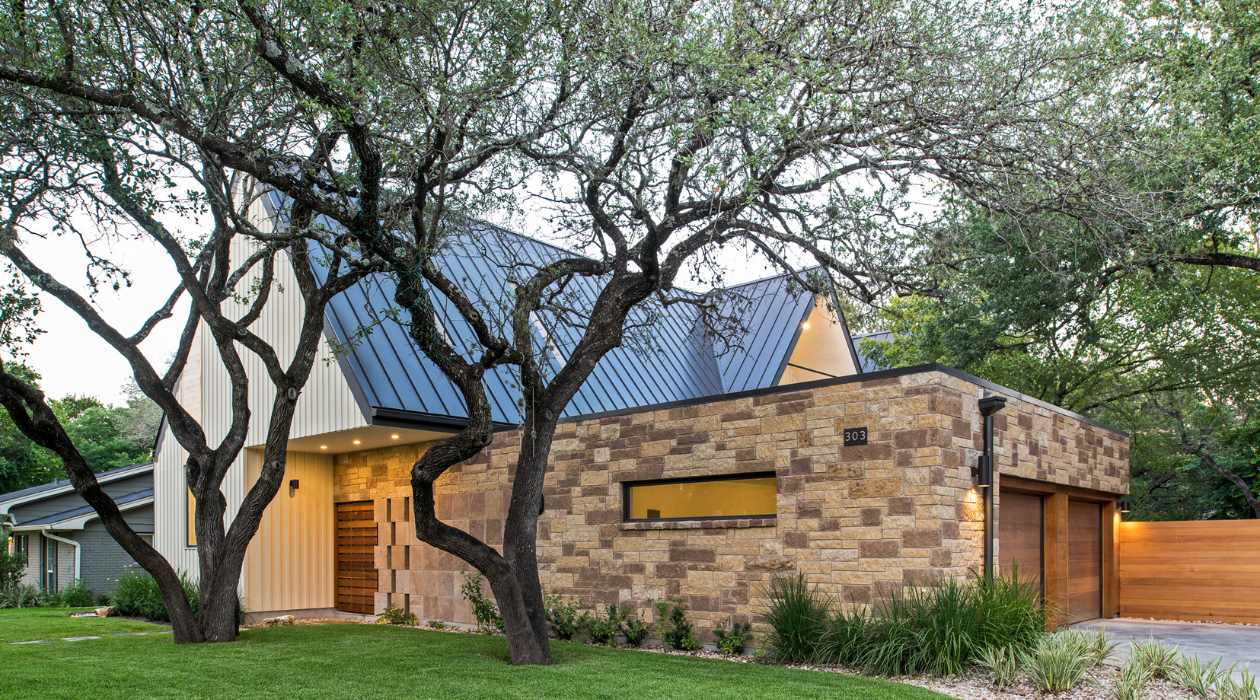
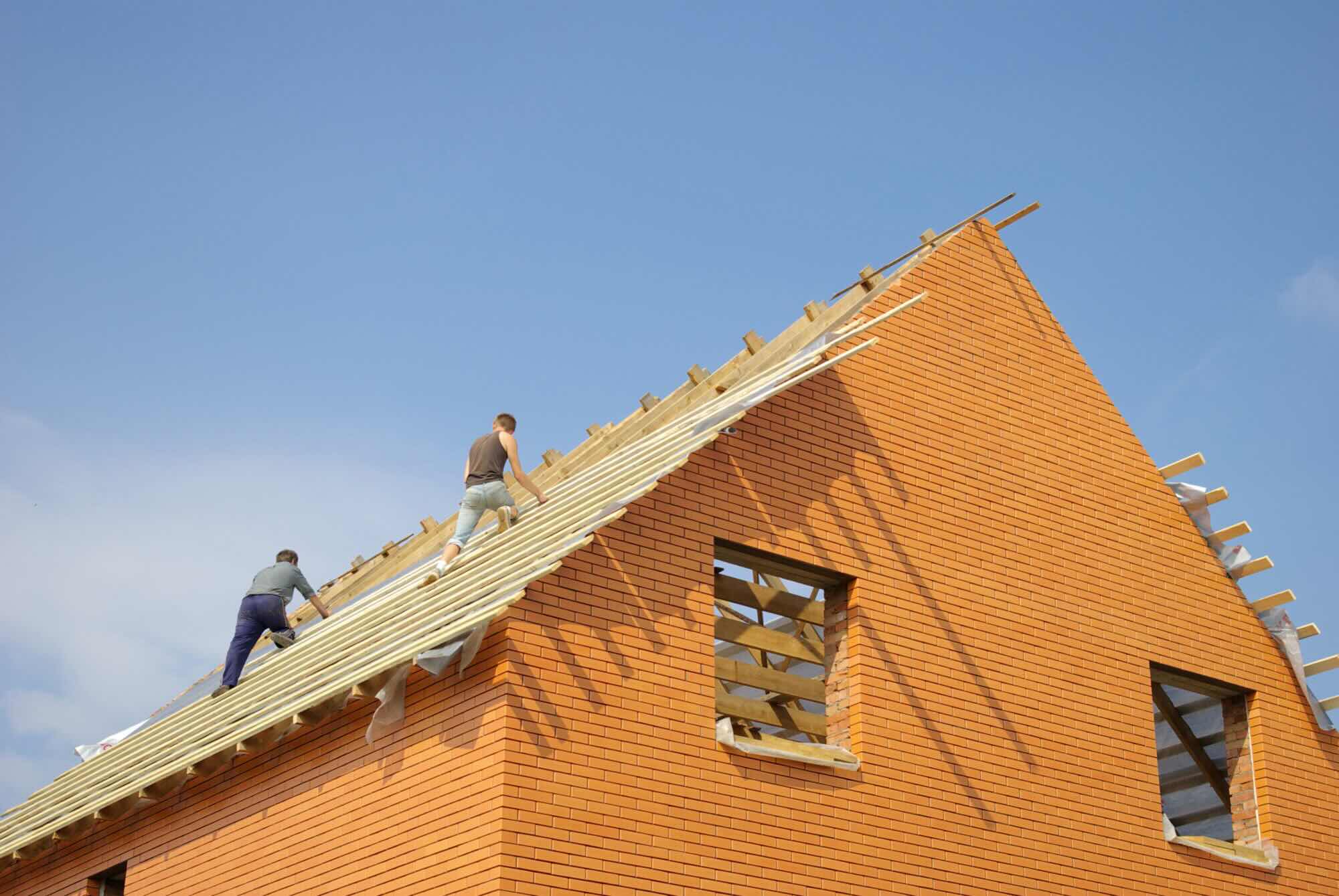
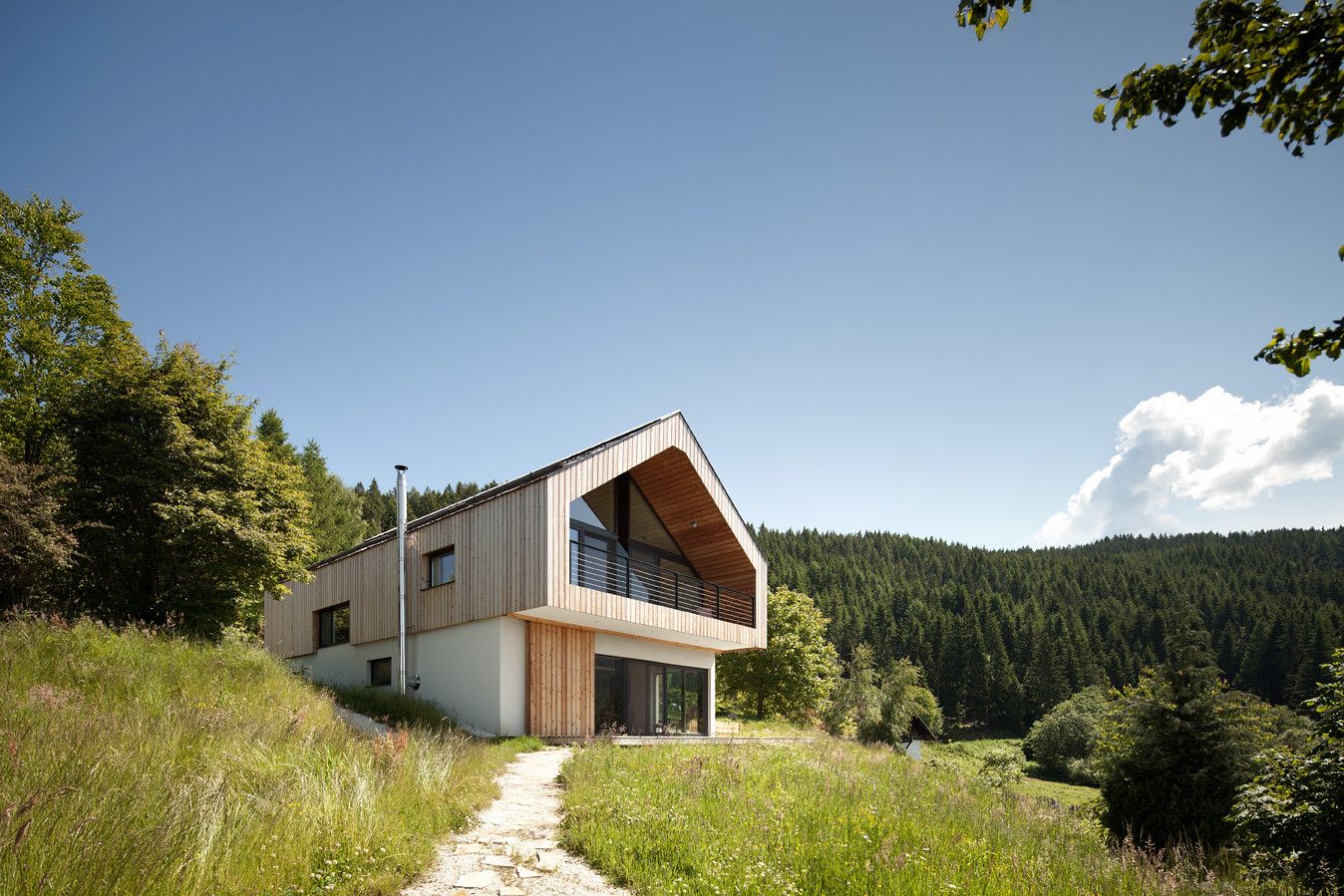
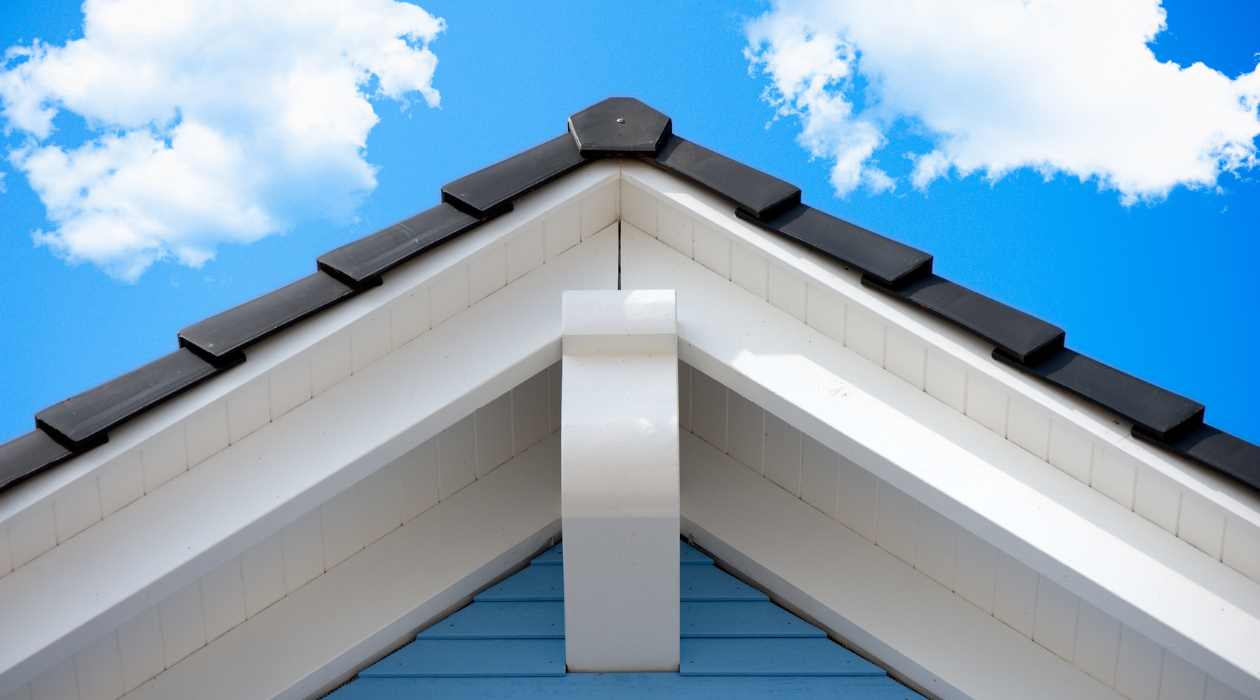
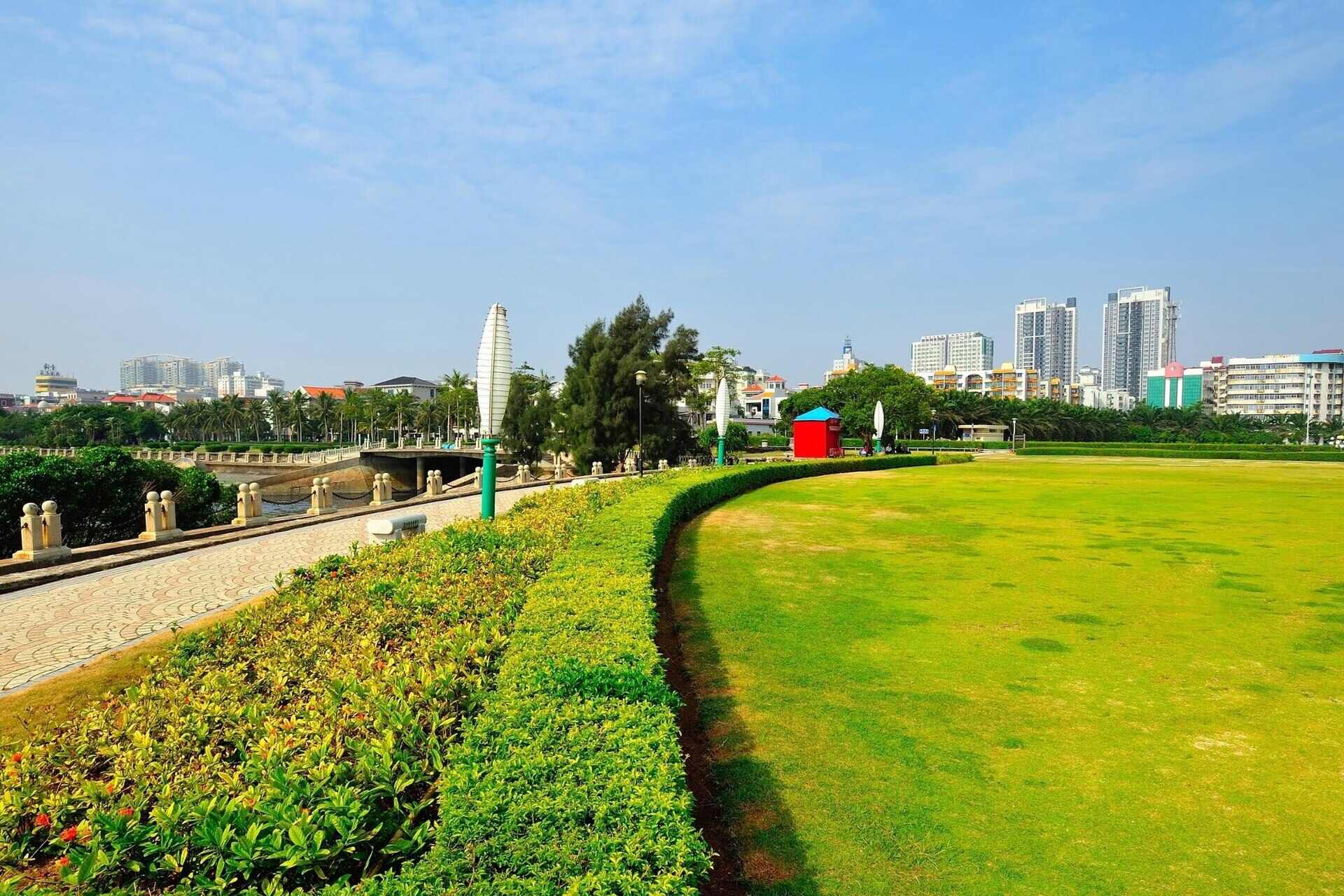
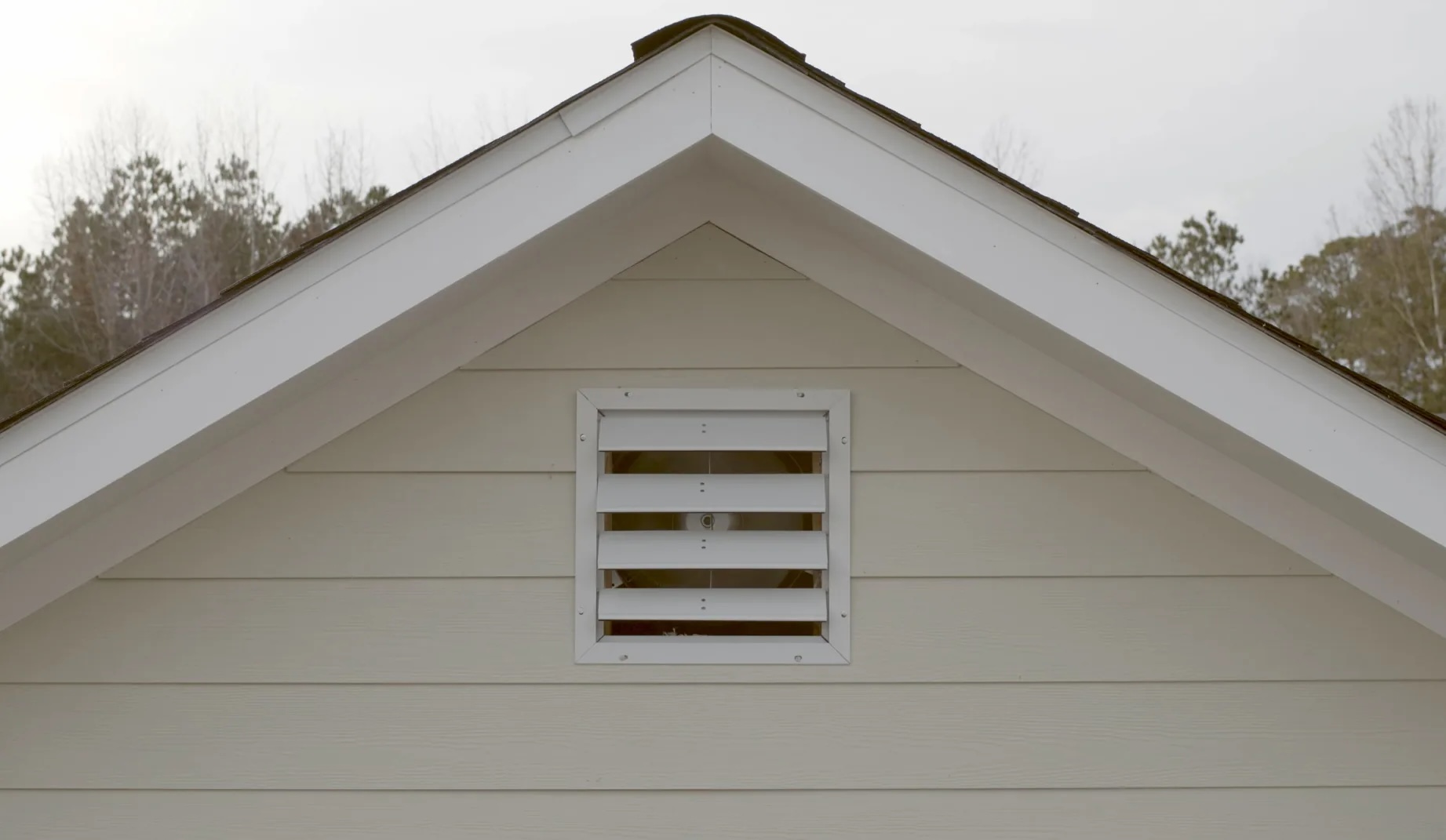
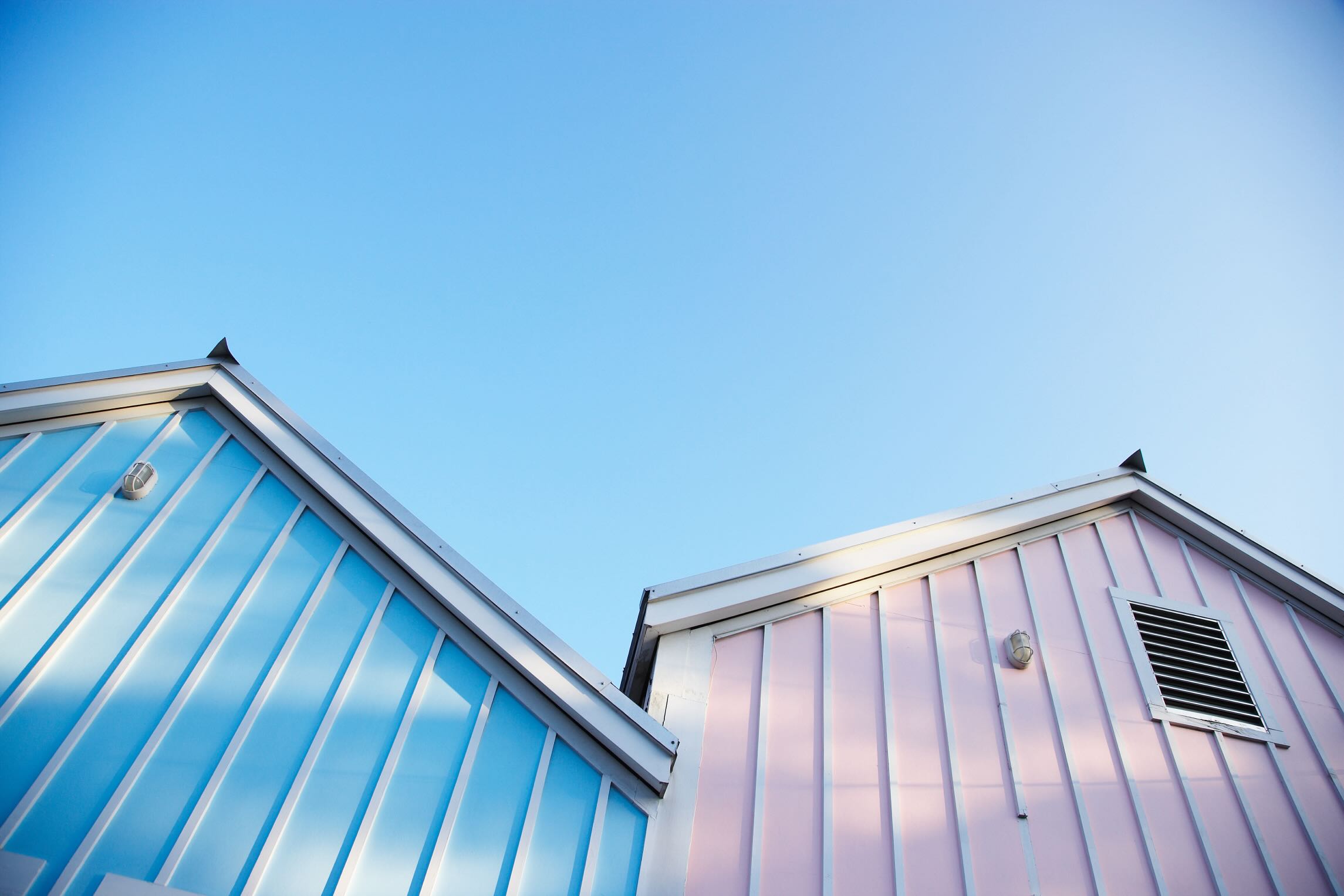
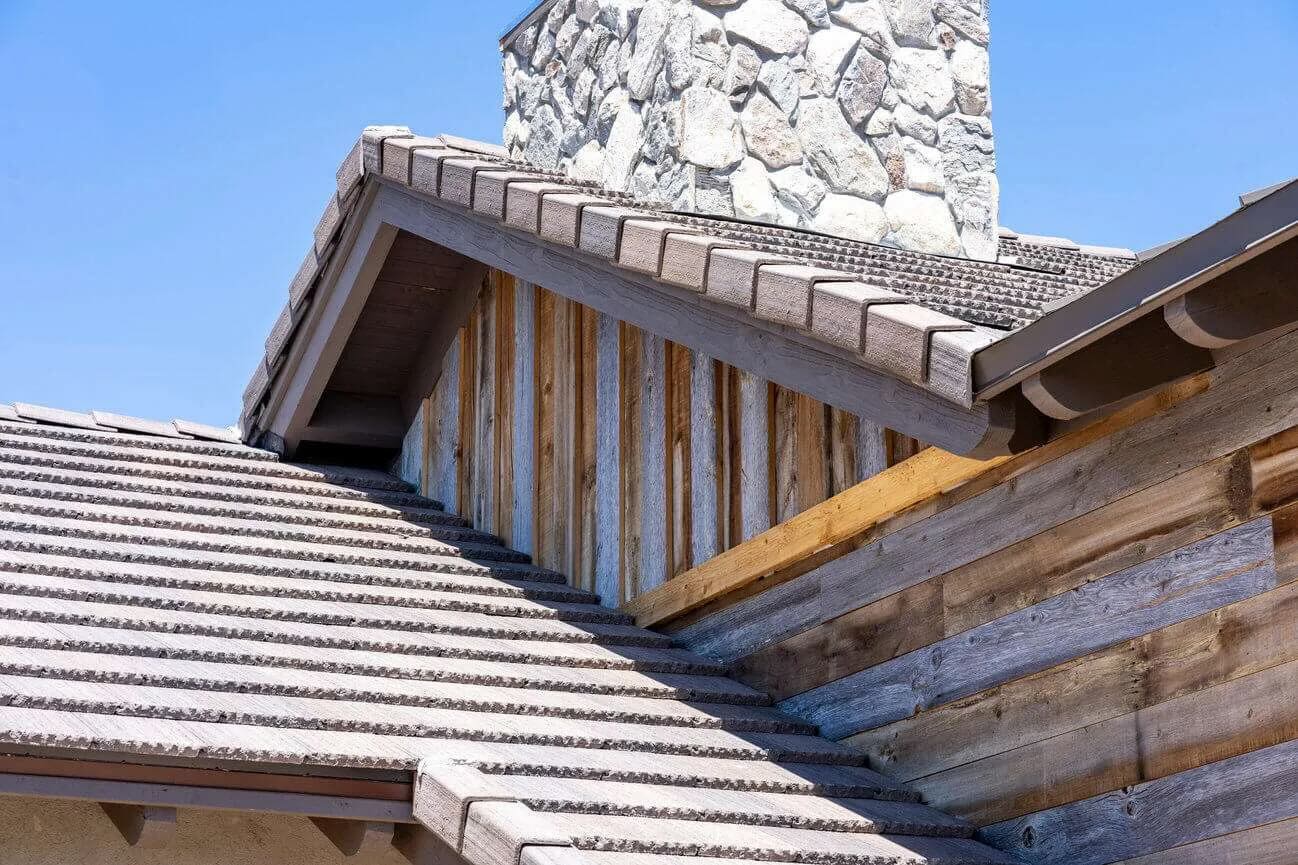
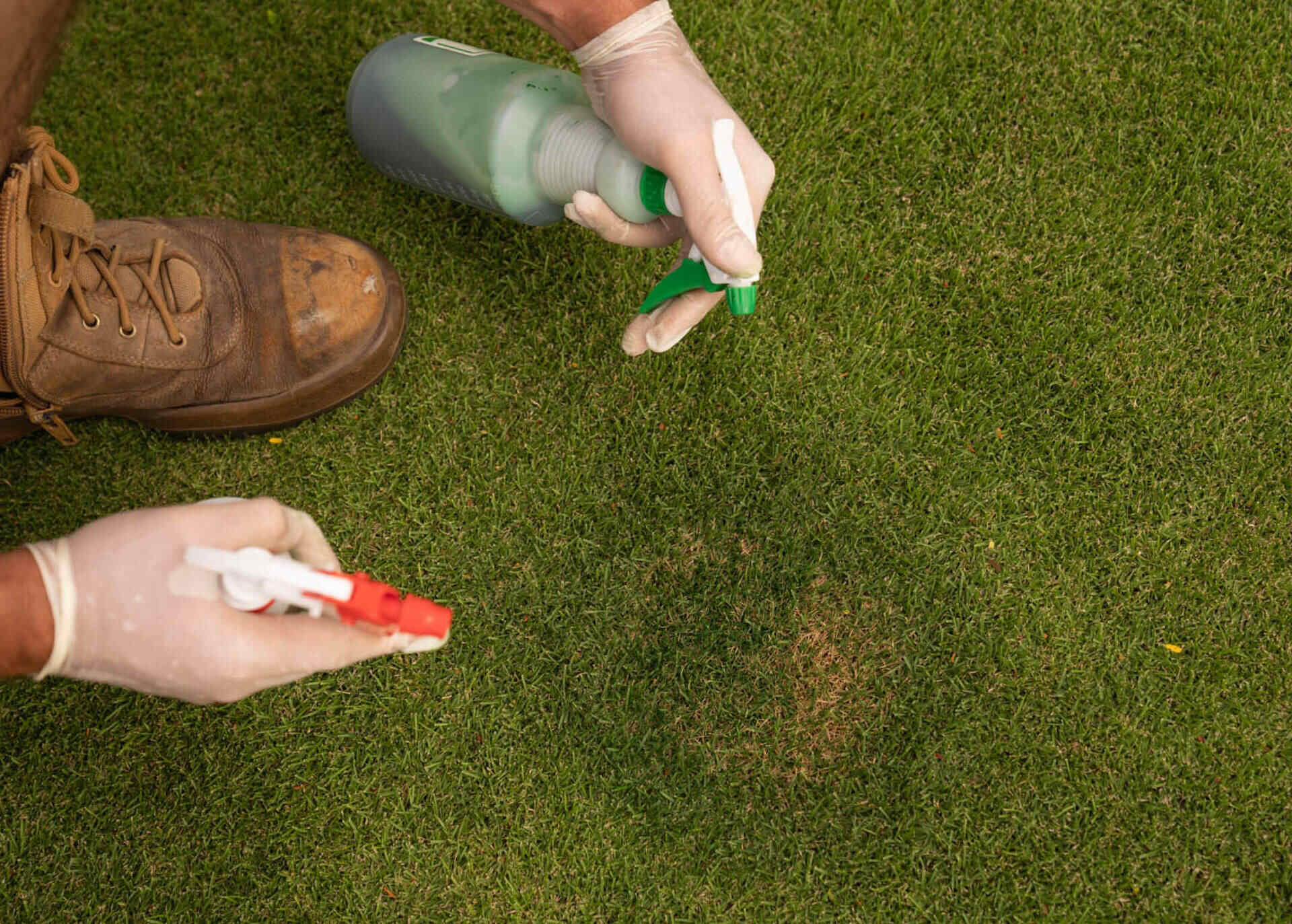
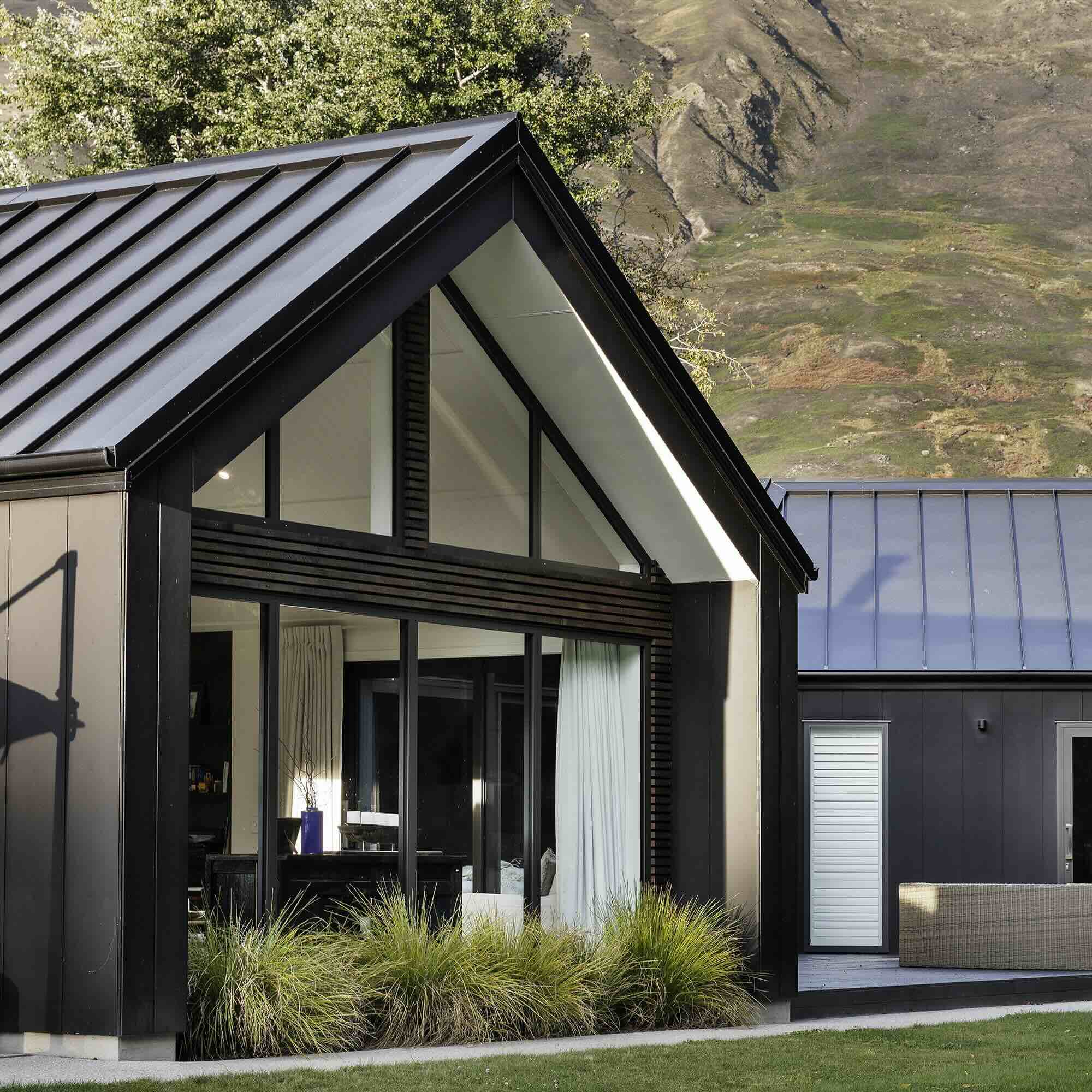

0 thoughts on “What Is A Green Gable?”